-
-
 Cardiology
Cardiology
-
 Clinical Oncology
Clinical Oncology
-
 Dental
Dental
-
 Dermatology
Dermatology
-
 Ear, Nose, Throat (ENT)
Ear, Nose, Throat (ENT)
-
 Endocrinology
Endocrinology
-
 Gastroenterology
Gastroenterology
-
 General Surgery
General Surgery
-
 Gynecology & Obstetrics
Gynecology & Obstetrics
-
 Interventional Cardiology
Interventional Cardiology
-
 Nephrology
Nephrology
-
 Neurology
Neurology
-
 Oncology Surgery
Oncology Surgery
-
 Ophthalmology
Ophthalmology
-
 Orthopedics
Orthopedics
-
 Pediatrics
Pediatrics
-
 Pediatrics Surgery
Pediatrics Surgery
-
 Physiotherapy
Physiotherapy
-
 Plastic Surgery
Plastic Surgery
-
 Psychiatry & Psychology
Psychiatry & Psychology
-
 Radiology
Radiology
-
 Urology
Urology
-
 Vascular Surgery
Vascular Surgery
-
Orange Vacutainer Tube/Vial – A Comprehensive Guide for Everyone
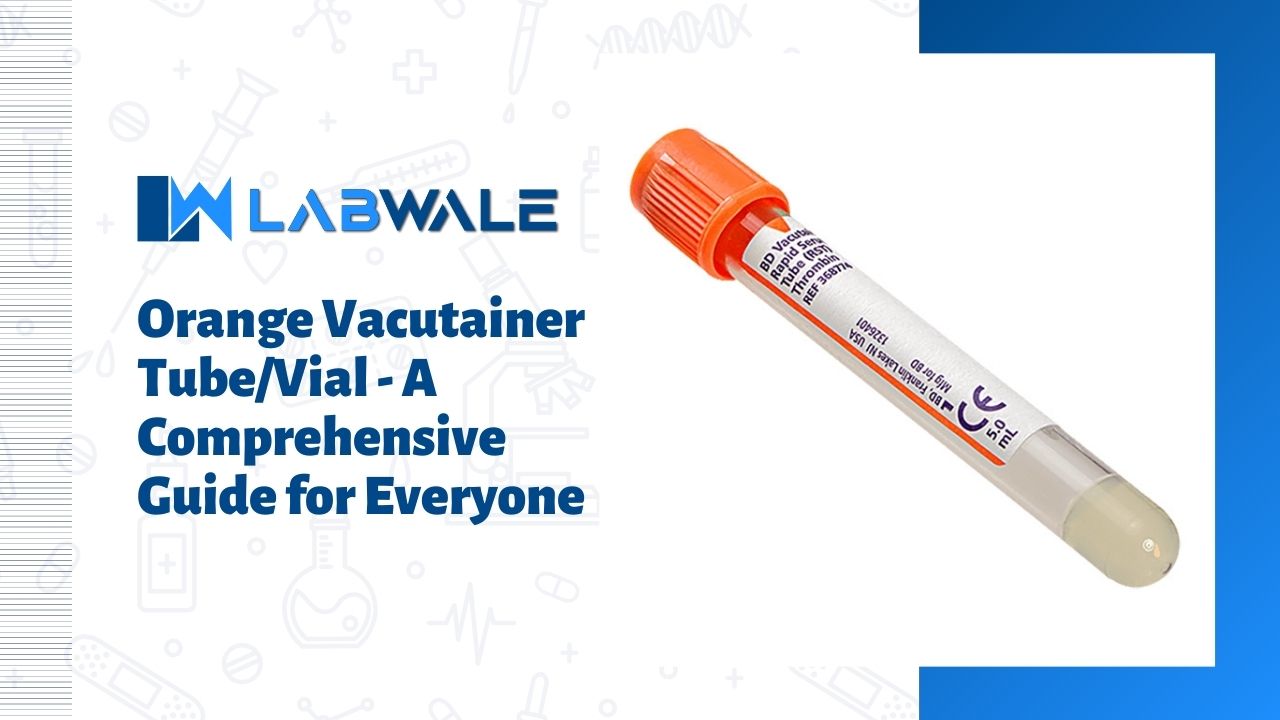
Contents
- What Is an Orange Vacutainer Tube/Vial?
- Understanding the Purpose of Orange Top Blood Collection Tubes
- Key Components of an Orange Vacutainer Tube
- Additives Used in Orange Vacutainer Tubes Explained
- How the Thrombin Additive Works in Orange Top Tubes
- Difference Between Orange, Red, and Yellow Vacutainer Tubes
- Common Medical Tests Performed Using Orange Vacutainer Tubes
- Why Orange Vacutainer Tubes Are Preferred for STAT Testing
- Serum Separation Process in Orange Vacutainer Tubes
- Material and Manufacturing Standards of Orange Vacutainer Vials
- Proper Blood Collection Procedure Using Orange Top Tubes
- Safety Features and Design Benefits of Orange Vacutainer Tubes
- Storage and Handling Guidelines for Orange Vacutainer Tubes
- Shelf Life and Stability of Orange Vacutainer Vials
- Quality Control and Compliance with Laboratory Standards
- Advantages of Using Orange Vacutainer Tubes in Diagnostics
- Limitations and Precautions While Using Orange Top Tubes
- Role of Orange Vacutainer Tubes in Emergency Laboratories
- Choosing the Right Vacutainer Tube for Accurate Results
- Clinical Applications of Orange Vacutainer Tubes
- How Orange Vacutainer Tubes Improve Laboratory Efficiency
- Frequently Asked Questions About Orange Vacutainer Tube/Vial
When it comes to blood collection in medical laboratories, precision and efficiency are paramount. Among the various types of vacutainer tubes available, the orange top tube stands out for its unique role in diagnostics. But what exactly makes this particular vial so essential?
From emergency situations requiring rapid results to routine tests that help diagnose health conditions, the orange vacutainer tube plays a crucial part in modern medicine. Its design and composition aren’t just arbitrary; they serve specific purposes that enhance laboratory workflows and patient care.
Join us as we dive deep into everything you need to know about orange vacutainer tubes—from their purpose and components to their role in critical testing scenarios. Whether you’re a healthcare professional or simply curious about lab processes, this comprehensive guide will illuminate why these vials are indispensable tools in any clinical setting.
What Is an Orange Vacutainer Tube/Vial?
An orange vacutainer tube, often referred to as an orange top vial, is a specialized blood collection container used primarily in clinical laboratories. Recognizable by its vibrant color, this tube is designed for specific applications that demand rapid serum separation.
The unique feature of the orange top lies in its construction and internal additives. These tubes are typically made from high-quality plastic or glass, ensuring durability during handling and transport.
What sets the orange vacutainer apart from other colored tubes is its ability to facilitate quick clotting. This makes it ideal for tests requiring serum samples rather than whole blood.
Healthcare professionals appreciate these vials because they streamline laboratory processes. With a focus on efficiency, the orange vacutainer has become an essential tool in both emergency and routine testing scenarios worldwide.
Understanding the Purpose of Orange Top Blood Collection Tubes
Orange top blood collection tubes serve a vital role in modern medical diagnostics. Designed specifically for serum separation, these tubes are crucial for obtaining accurate test results quickly.
Unlike other types of vacutainer tubes, orange tops contain thrombin as an additive. This promotes rapid clotting, allowing healthcare professionals to retrieve serum efficiently from the clotted blood sample.
Their unique purpose makes them indispensable in situations requiring immediate analysis—often referred to as STAT testing. Hospitals and labs rely on these tubes during emergencies when time is of the essence.
Utilizing orange top vials ensures that samples maintain their integrity while speeding up processing times. Consequently, this enhances patient care by providing timely diagnostic information essential for effective treatment decisions.
Key Components of an Orange Vacutainer Tube
An orange Vacutainer tube is designed for specific blood collection processes. Its key components play a crucial role in ensuring accurate sample analysis.
The tube itself is made from high-quality glass or plastic. This material prevents contamination and maintains sample integrity.
The closure of the orange top features a robust rubber stopper. It provides an airtight seal, preventing leakage and exposure to external elements.
Inside, there’s a special additive—thrombin—designed to accelerate clotting. This allows for quicker serum separation during testing.
Additionally, each tube comes pre-labeled with essential information like volume capacity and expiration dates. Proper labeling ensures easy identification during laboratory procedures.
Safety features are integrated into its design to minimize breakage risks during handling or transportation. These components work together harmoniously to facilitate efficient blood collection and processing.
Additives Used in Orange Vacutainer Tubes Explained
Orange Vacutainer tubes are distinct due to their specialized additives, primarily thrombin. This enzyme plays a crucial role in enhancing the clotting process of blood samples.
Thrombin acts swiftly, facilitating rapid serum separation. As soon as the blood is drawn into the tube, thrombin activates coagulation factors that lead to quick clot formation.
Moreover, these tubes may sometimes include other components designed for specific tests or conditions. Understanding what each additive does helps lab technicians ensure accurate results and proper sample integrity.
The effectiveness of these additives contributes significantly to STAT testing scenarios where time is critical. Each component must be carefully selected based on intended diagnostic outcomes.
By utilizing orange-top tubes with their unique blend of additives, healthcare professionals can streamline processes and improve patient care initiatives. The science behind these choices showcases innovation in medical diagnostics.
How the Thrombin Additive Works in Orange Top Tubes
Thrombin is a crucial additive found in orange top vacutainer tubes. It plays an essential role in the blood coagulation process.
When blood is collected into these tubes, thrombin accelerates clot formation. This leads to faster serum separation compared to other tube types. The rapid action helps laboratories obtain results more quickly.
Once inside the tube, thrombin acts by converting fibrinogen into fibrin strands. This reaction solidifies the liquid component of blood, allowing for clear separation from red cells and other elements.
This efficiency makes orange top tubes particularly valuable during urgent medical situations where timely diagnostics are critical. By utilizing this specialized additive, healthcare providers can ensure faster turnaround times for testing results that may impact patient care decisions significantly.
Difference Between Orange, Red, and Yellow Vacutainer Tubes
Vacutainer tubes come in various colors, each designed for specific purposes. The orange-top tube is primarily used for serum collection with its thrombin additive speeding up the clotting process.
On the other hand, red-top tubes are devoid of additives. They serve as a basic option for obtaining serum but take longer to yield results since coagulation occurs naturally without assistance.
Yellow-topped tubes typically contain citrate or acid-citrate dextrose (ACD) and are employed mainly in blood cultures or certain specialized tests. Their anticoagulating properties help preserve cellular components during testing.
Understanding these differences ensures that healthcare professionals select the appropriate tube type, optimizing diagnostic accuracy and efficiency. Each color-coded tube plays a crucial role in improving patient care through targeted applications.
Common Medical Tests Performed Using Orange Vacutainer Tubes
Orange Vacutainer tubes are integral to various medical tests, primarily those requiring serum samples. Their unique design and additives make them suitable for rapid processing.
One common test performed with these tubes is the serum chemistry panel. This test evaluates multiple substances in the blood, aiding in diagnosing metabolic conditions.
Another important application is for cardiac markers. These tests help assess heart health by measuring proteins released during a heart attack or other cardiac events.
Additionally, therapeutic drug monitoring often employs orange top tubes. Doctors can track medication levels to optimize treatment plans effectively.
Hormone level assessments frequently use these vials due to their reliability in yielding accurate results quickly. The versatility of orange Vacutainer tubes makes them essential tools across many clinical settings.
Why Orange Vacutainer Tubes Are Preferred for STAT Testing
Orange Vacutainer tubes are the go-to choice for STAT testing due to their quick turnaround time. When speed is essential, these tubes excel in providing rapid results.
The presence of thrombin as an additive accelerates clotting. This functionality ensures serum separation within minutes, allowing healthcare professionals to obtain crucial information without delay.
Laboratories often face high-pressure situations where every second counts. Orange top tubes address this demand effectively by streamlining the blood collection and processing workflow.
Moreover, these vials are designed with a reliable sealing mechanism that minimizes potential contamination risks during transport. Their clarity also enhances visibility for accurate reading and analysis.
Using orange Vacutainer tubes not only improves efficiency but also aids in urgent decision-making processes within medical settings. This combination of features makes them indispensable in emergency scenarios where timely intervention is critical.
Serum Separation Process in Orange Vacutainer Tubes
The serum separation process in orange Vacutainer tubes is crucial for accurate laboratory results. These tubes are designed to facilitate efficient clot formation and subsequent serum collection.
Once blood is drawn, the tube’s thrombin additive accelerates coagulation, enabling a quicker separation of components. After sufficient time has passed for the blood to clot, centrifugation comes into play.
During centrifugation, centrifugal force separates the liquid serum from cellular components such as red and white blood cells. This allows technicians to isolate pure serum without contamination.
The bright orange color of these tubes serves not just as an identifier but also emphasizes their specific use in diagnostic settings where rapid results are essential. Proper handling during this process ensures high-quality samples that contribute significantly to patient diagnosis and treatment decisions.
Material and Manufacturing Standards of Orange Vacutainer Vials
Orange Vacutainer vials are crafted from high-quality materials to ensure safety and reliability in blood collection. The primary component is medical-grade glass or plastic, designed to withstand the rigors of laboratory conditions.
Manufacturers adhere to strict guidelines set by regulatory bodies. These standards guarantee that each vial meets performance criteria for strength, sterilization, and contamination prevention.
Quality assurance processes are integral during production. Each batch undergoes rigorous testing to validate its integrity and functionality before reaching healthcare facilities.
Furthermore, compliance with international standards ensures that these vials can be used globally without compromising quality. This commitment not only enhances confidence among healthcare providers but also promotes patient safety during diagnostic procedures.
These careful manufacturing practices make orange vacutainers a trusted choice in various clinical settings. Their design reflects both innovation and adherence to health regulations essential for effective medical testing.
Proper Blood Collection Procedure Using Orange Top Tubes
Proper blood collection using orange top tubes is essential for accurate testing. Begin by assembling the necessary supplies: gloves, alcohol swabs, and the tube itself.
First, ensure you maintain a clean environment. Wash your hands thoroughly before donning sterile gloves. Prepare the patient by identifying a suitable vein. Cleanse the area with an alcohol swab to minimize infection risk.
Once ready, apply a tourniquet above the puncture site to engorge the vein. After inserting the needle at an appropriate angle, quickly insert the orange vacutainer tube into its holder. This allows blood to flow seamlessly into the vial.
Avoid filling beyond designated markings on each tube to ensure proper test results. Once collected, gently invert several times to mix contents without causing hemolysis.
Afterward, safely dispose of needles and other materials in appropriate sharps containers while ensuring patient comfort throughout this procedure.
Safety Features and Design Benefits of Orange Vacutainer Tubes
Orange Vacutainer tubes are designed with safety as a top priority. Their robust construction reduces the risk of breakage during handling and transportation. This durability ensures that samples remain uncontaminated, safeguarding both the patient’s integrity and laboratory results.
The user-friendly design also enhances safety. The color-coded cap clearly indicates its specific use, allowing healthcare professionals to quickly identify the tube needed for blood collection without confusion.
Furthermore, many orange tubes feature a unique closure system that minimizes leakage risks. This prevents exposure to biohazards while maintaining sample stability.
Ergonomic shapes make these tubes easy to grip, reducing accidental slips during collections. Every aspect of their design reflects an emphasis on protecting both patients and lab personnel from potential hazards associated with blood sampling procedures.
Storage and Handling Guidelines for Orange Vacutainer Tubes
Proper storage and handling of orange Vacutainer tubes are essential to ensure their effectiveness. These tubes should be kept in a cool, dry environment away from direct sunlight. Extreme temperatures can compromise the integrity of the additives inside.
Always store them upright to prevent any leakage or contamination. Ensure that the caps are securely fastened to maintain sterility until use.
Avoid using expired tubes, as they may not yield accurate test results. Regularly check for signs of damage or deterioration before use.
When transporting these vials, protect them from jostling by securing them in a padded container. This minimizes the risk of breakage during transit.
Following these guidelines will help maintain the quality and reliability needed for precise diagnostic outcomes.
Shelf Life and Stability of Orange Vacutainer Vials
The shelf life of orange Vacutainer vials typically ranges from 12 to 24 months, depending on the manufacturer. This timeframe ensures that the integrity of both the tube and its contents remain intact, allowing for reliable testing results.
Stability is crucial in maintaining sample quality. These tubes are designed to withstand various conditions while preserving their additives’ effectiveness. Factors such as temperature fluctuations can affect stability, so proper storage is essential.
Ideally, these vials should be kept in a cool, dry environment away from direct sunlight. Adhering to recommended storage guidelines enhances their longevity and usability.
Laboratories must regularly check expiration dates before usage since expired vacutainers may compromise test accuracy. Proper inventory management helps ensure that only fresh supplies are used for blood collection tasks.
Quality Control and Compliance with Laboratory Standards
Quality control in laboratories is paramount, especially when using orange Vacutainer tubes. These tubes must meet stringent standards to ensure accurate test results.
Laboratories follow guidelines from organizations like the Clinical and Laboratory Standards Institute (CLSI) to maintain compliance. This involves regular checks of equipment, protocols, and materials.
Vacutainer manufacturers also adhere to ISO certification processes. This ensures that each tube undergoes rigorous testing before reaching healthcare facilities.
Documentation plays a vital role in quality assurance. Laboratories keep meticulous records of their procedures and any deviations from standard practices.
Regular audits help identify areas for improvement, ensuring ongoing compliance with safety regulations. By prioritizing these measures, labs can guarantee the reliability of their diagnostic tests while maintaining patient trust in their services.
Advantages of Using Orange Vacutainer Tubes in Diagnostics
Orange Vacutainer tubes offer distinct advantages in diagnostic testing that enhance both accuracy and efficiency. Their design specifically caters to the rapid separation of serum, making them ideal for urgent tests.
The inclusion of thrombin as an additive accelerates clot formation. This feature is crucial when time-sensitive results are needed, such as in emergency situations or STAT orders.
Another benefit lies in their compatibility with a wide range of laboratory analyzers. Using these tubes streamlines workflows by ensuring reliable sample processing without additional handling steps.
Moreover, orange-top tubes help minimize contamination risks during the collection process. They provide clear labeling and color-coding that aids healthcare professionals in quickly identifying the appropriate tube type for specific tests.
These factors collectively contribute to improved turnaround times and more precise results, making Orange Vacutainer tubes a preferred choice among laboratories focusing on quality diagnostics.
Limitations and Precautions While Using Orange Top Tubes
While orange top tubes are beneficial, it’s important to be aware of their limitations. One significant concern is the potential for hemolysis if blood samples are not handled correctly. Excessive agitation during collection or mixing can lead to cell rupture.
Moreover, these tubes require precise filling volumes. Underfilling might skew test results, while overfilling could hinder serum separation.
Storage conditions also play a crucial role in maintaining sample integrity. Exposure to extreme temperatures may compromise additives and overall performance.
Proper training for healthcare professionals is essential when using these tubes. Missteps in technique can result in inaccurate diagnostics and patient safety risks.
Always verify compatibility with specific tests before use. Some assays may have unique requirements that orange top tubes do not meet effectively.
Role of Orange Vacutainer Tubes in Emergency Laboratories
Orange Vacutainer tubes play a crucial role in emergency laboratories. Their design ensures that blood samples are processed quickly and efficiently, which is vital in critical situations.
These tubes contain thrombin, an additive that accelerates the clotting process. This feature significantly reduces waiting time for serum separation, allowing healthcare providers to receive results faster.
In high-pressure environments like emergency rooms, every second counts. The use of orange top tubes helps streamline workflows while ensuring accuracy and reliability in test outcomes.
Moreover, their compatibility with various assays makes them versatile tools for diagnosing a range of conditions on the spot. By facilitating rapid testing and analysis, they enhance patient care during emergencies.
Emergency laboratory teams rely on these vials to maintain efficiency under stress. When lives are at stake, the right equipment can make all the difference in timely interventions and treatment decisions.
Choosing the Right Vacutainer Tube for Accurate Results
Selecting the appropriate Vacutainer tube is crucial for obtaining accurate lab results. Different tests require specific blood collection tubes to ensure optimal performance.
Consider the type of analysis being performed. For instance, serum tests often utilize orange top tubes due to their thrombin additive that accelerates clotting. This enhances efficiency in clinical settings.
Evaluate the volume of blood needed for your test as well. Some procedures may demand a larger sample size than others, so it’s essential to choose a tube that accommodates this requirement without compromising accuracy.
Additionally, keep patient factors in mind—such as age and health status—as they can influence how samples should be collected and processed.
Consult laboratory protocols or professionals when uncertain about which Vacutainer tube best suits your needs. Their expertise can guide you toward achieving reliable outcomes in diagnostic testing.
Clinical Applications of Orange Vacutainer Tubes
Orange Vacutainer tubes play a crucial role in various clinical applications, particularly in the realm of emergency medicine and diagnostics. These tubes are primarily used for serum testing due to their unique formulation.
In acute care settings, rapid results can be vital. The thrombin additive speeds up clot formation, allowing healthcare professionals to obtain test results quickly—essential when time is of the essence.
Diagnostic labs also benefit from these tubes during routine blood work. With high-quality serum separation capabilities, they ensure that samples remain uncontaminated for accurate analysis.
Moreover, orange top tubes facilitate tests related to cardiac markers and hormonal assays, making them indispensable tools in critical health assessments. Their reliability contributes significantly to improving patient outcomes across a range of medical scenarios.
How Orange Vacutainer Tubes Improve Laboratory Efficiency
Orange Vacutainer tubes play a pivotal role in enhancing laboratory efficiency. Their design allows for rapid serum separation, which is crucial during high-demand situations. When time is of the essence, these tubes expedite the testing process significantly.
The thrombin additive present in orange top tubes accelerates clotting, streamlining workflows. This means that lab technicians can obtain results faster without compromising accuracy. Quick turnaround times can lead to improved patient outcomes.
Moreover, using color-coded vacutainers helps reduce errors during sample collection and processing. Each tube’s distinct color aids personnel in quickly identifying the right type for specific tests, minimizing confusion and ensuring that protocols are followed efficiently.
By optimizing both speed and accuracy, orange Vacutainer tubes serve as a vital component in modern laboratories striving for excellence amidst increasing workloads.
Frequently Asked Questions About Orange Vacutainer Tube/Vial
When it comes to medical testing, many questions arise regarding the tools used, especially with something as specific as the orange vacutainer tube. Here are some frequently asked questions that can provide clarity on this essential component of blood collection.
What is the main purpose of an orange vacutainer tube?
The primary purpose of an orange vacutainer tube is to collect and process serum for various laboratory tests. Its design facilitates rapid clotting, making it ideal for time-sensitive analyses.
Are there any risks associated with using these tubes?
Like all medical devices, proper usage is crucial to minimize risks. Following correct procedures during blood draw and ensuring sterility can significantly reduce potential complications.
Can I use an orange top tube for tests requiring plasma?
No, orange top tubes are specifically designed for serum separation through thrombin additives and should not be used when plasma samples are required.
How long does it take for serum separation in an orange vacutainer tube?
Serum separation typically occurs within 15-30 minutes after collection due to the presence of thrombin which accelerates clot formation.
Do different labs prefer different color-coded tubes?
Yes, each lab may have its own protocols based on testing requirements or preferences; however, most adhere strictly to established guidelines about color codes for accurate results across all facilities.


 Anatomy Lab Equipments
Anatomy Lab Equipments
 Biochemistry Lab Equipments
Biochemistry Lab Equipments
 Biology Lab Equipments
Biology Lab Equipments
 Chemistry Lab Equipments
Chemistry Lab Equipments
 Cytology Lab Equipments
Cytology Lab Equipments
 Cytopathology Lab Equipments
Cytopathology Lab Equipments
 Dental Lab Equipments
Dental Lab Equipments
 Forensic Lab Equipments
Forensic Lab Equipments
 Genetics Lab Equipments
Genetics Lab Equipments
 Hematology Lab Equipments
Hematology Lab Equipments
 Histology Lab Equipments
Histology Lab Equipments
 Histopathology Lab Equipments
Histopathology Lab Equipments
 Mathematics Lab Equipments
Mathematics Lab Equipments
 Microbiology Lab Equipments
Microbiology Lab Equipments
 Molecular Biology Lab Equipments
Molecular Biology Lab Equipments
 Pathology Lab Equipments
Pathology Lab Equipments
 Pharmaceutical Lab Equipments
Pharmaceutical Lab Equipments
 Physics Lab Equipments
Physics Lab Equipments
 Radiology Lab Equipments
Radiology Lab Equipments
 Science Lab Kit’s
Science Lab Kit’s
 Toxicology Lab Equipments
Toxicology Lab Equipments

 Borosilicate Glass Beaker
Borosilicate Glass Beaker
 Plastic Beaker (Euro Design)
Plastic Beaker (Euro Design)
 Plastic Beaker (Printed Graduation)
Plastic Beaker (Printed Graduation)
 Test Tube Brush
Test Tube Brush
 Measuring Cylinder Brush
Measuring Cylinder Brush
 Conical Flask Brush
Conical Flask Brush
 Volumetric Flask Brush
Volumetric Flask Brush
 Round Bottom Flask Brush
Round Bottom Flask Brush
 Glass Beaker Brush
Glass Beaker Brush
 Pipette Brush
Pipette Brush
 Wash Bottle Brush
Wash Bottle Brush
 Borosilicate Büchner Flask
Borosilicate Büchner Flask
 Borosilicate Erlenmeyer/Conical Flask
Borosilicate Erlenmeyer/Conical Flask
 Borosilicate Pear-Shaped Flask
Borosilicate Pear-Shaped Flask
 Borosilicate Round Bottom Flask
Borosilicate Round Bottom Flask
 Plastic Conical Flask
Plastic Conical Flask
 Plastic Volumetric Flask
Plastic Volumetric Flask
 Bunsen Burner
Bunsen Burner
 Spirit Lamp
Spirit Lamp
 Borosilicate Glass Burette
Borosilicate Glass Burette
 Plastic Burette
Plastic Burette
 Capillary Tube
Capillary Tube
 Centrifuge Tube
Centrifuge Tube
 Test Tube
Test Tube
 Ria Vial
Ria Vial
 Vacutainer Tubes
Vacutainer Tubes
 Syringes
Syringes
 Student Microscope
Student Microscope
 Binocular Microscope
Binocular Microscope
 Dissecting Microscope
Dissecting Microscope
 Microscope Glass Slides
Microscope Glass Slides
 Cover Slip
Cover Slip
 Inoculating Loop
Inoculating Loop
 Slide Box
Slide Box
 Lamps
Lamps
 Oils
Oils
 Beaker Tongs
Beaker Tongs
 Crucible Tongs
Crucible Tongs
 Flask Tongs
Flask Tongs
 Borosilicate Glass Funnel
Borosilicate Glass Funnel
 Plastic Funnels
Plastic Funnels
 Wash Bottle
Wash Bottle
 Borosilicate Glass Reagent Bottle
Borosilicate Glass Reagent Bottle
 Plastic Reagent Bottle
Plastic Reagent Bottle
 Borosilicate Measuring Cylinder
Borosilicate Measuring Cylinder
 Plastic Measuring Cylinder
Plastic Measuring Cylinder
 Borosilicate Glass Graduated Pipette
Borosilicate Glass Graduated Pipette
 Borosilicate Glass Volumetric Pipette
Borosilicate Glass Volumetric Pipette
 HB Pipette
HB Pipette
 Pasteur Pipette
Pasteur Pipette
 Micropipettes
Micropipettes
 Micropipette Tips
Micropipette Tips
 Filter Paper
Filter Paper
 Litmus Paper
Litmus Paper
 pH Paper
pH Paper
 Chromatography Paper
Chromatography Paper
 Plastic Petri Plates (Sterile)
Plastic Petri Plates (Sterile)
 Glass Petri Plates (Non-Sterile)
Glass Petri Plates (Non-Sterile)
 Safety Goggles
Safety Goggles
 Lab Coats
Lab Coats
 Gloves
Gloves
 Masks
Masks
 Shoe Covers
Shoe Covers
 Hair & Beard Covers
Hair & Beard Covers
 Steel Spatula
Steel Spatula
 Plastic Spatula
Plastic Spatula
 Hitachi Sample Cup
Hitachi Sample Cup
 Plastic Scoop
Plastic Scoop
 Plastic Medicine Cup
Plastic Medicine Cup
 Dissecting Tool Kit
Dissecting Tool Kit
 Dissecting Forceps
Dissecting Forceps
 Hemostatic Forceps
Hemostatic Forceps
 Thumb Forceps / Tweezers
Thumb Forceps / Tweezers
 Blood Culture Bottle
Blood Culture Bottle
 Urine Container
Urine Container
 Wooden Swab Stick
Wooden Swab Stick
 Test Tube Holder
Test Tube Holder
 Test Tube Racks
Test Tube Racks
 Magnifying Glass
Magnifying Glass
 Watch Glass
Watch Glass
 Mortar and Pestle
Mortar and Pestle
 Coplin Jar
Coplin Jar
 Plastic Stirrer
Plastic Stirrer
 Glass Stirrer
Glass Stirrer
 Crucible
Crucible
 Tripod
Tripod
 Wire Mesh
Wire Mesh
 Laboratory Thermometer
Laboratory Thermometer
 Tourniquet
Tourniquet
 Alcohol Swab
Alcohol Swab
 Blood Lancet
Blood Lancet
 Bandage
Bandage
 Gloves & Masks
Gloves & Masks








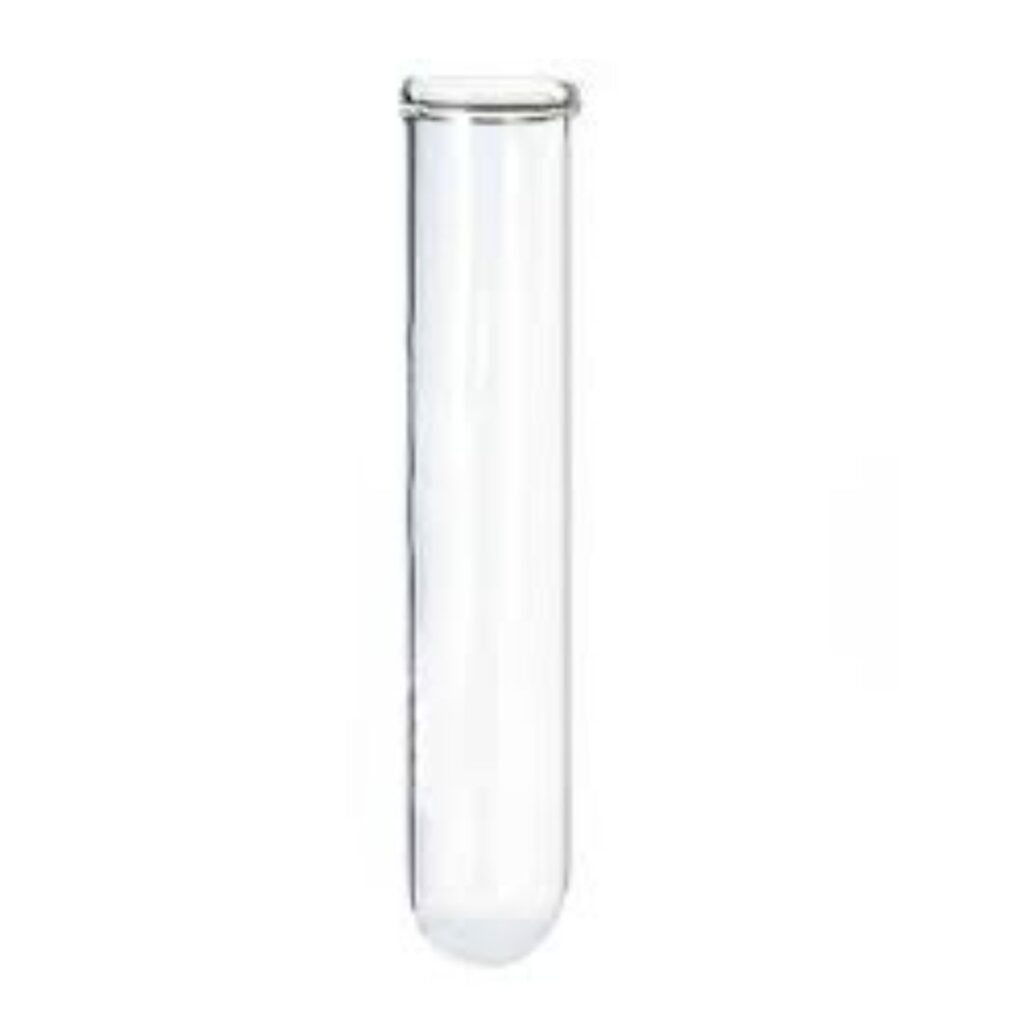
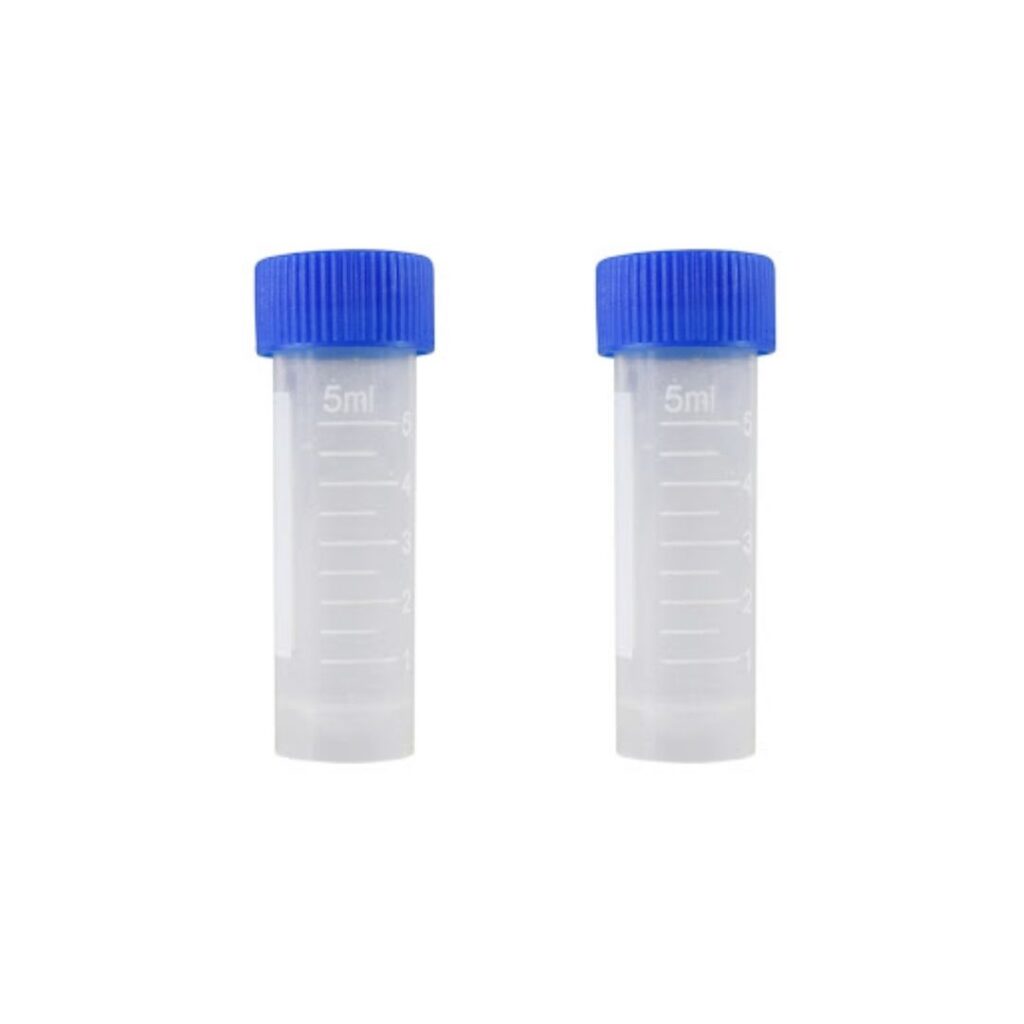
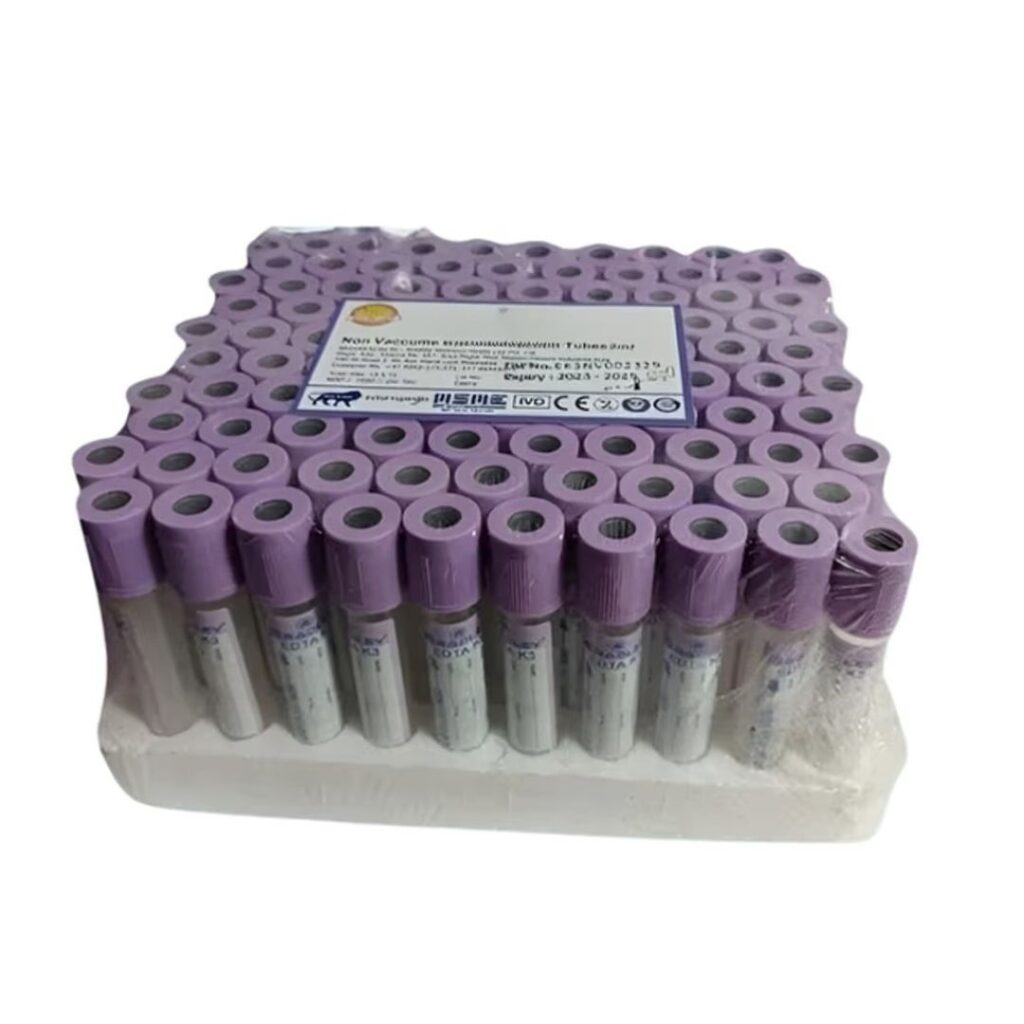
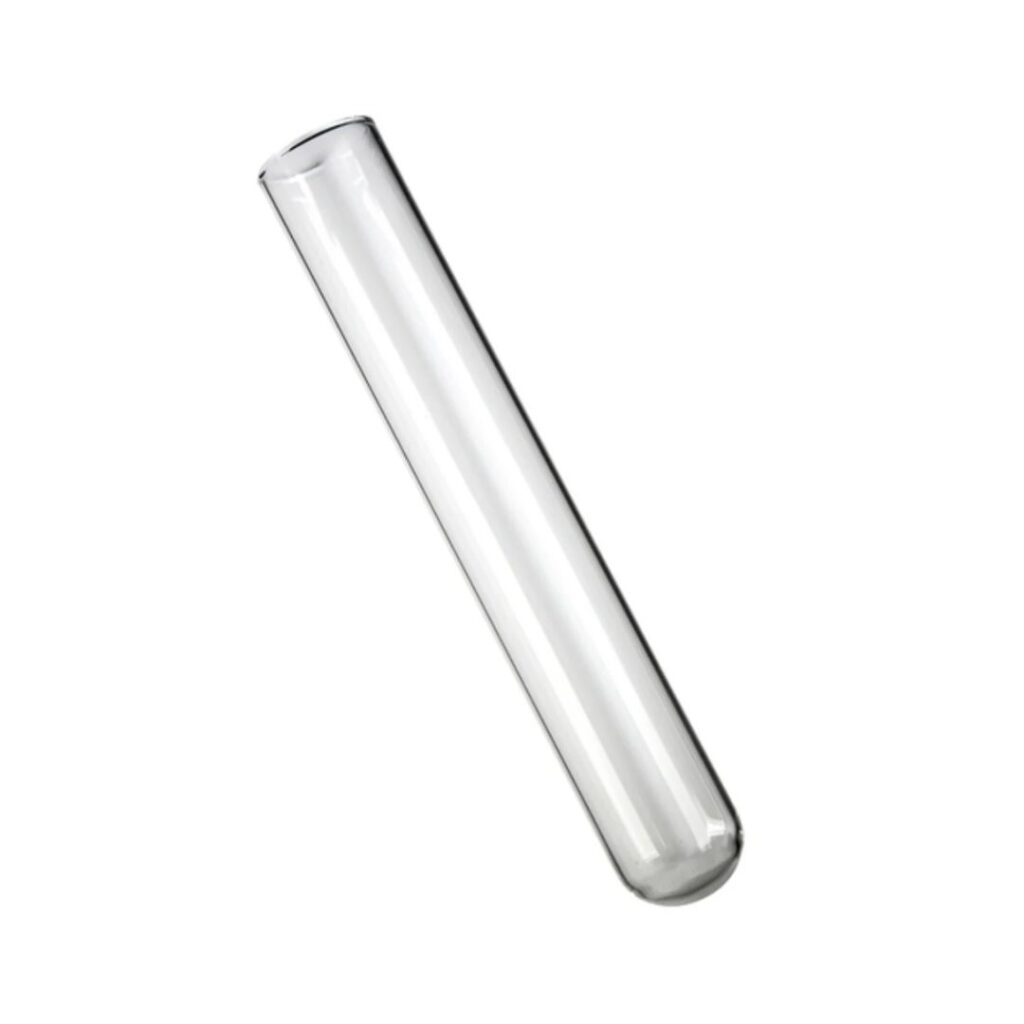
 Cardiology
Cardiology Clinical Oncology
Clinical Oncology






